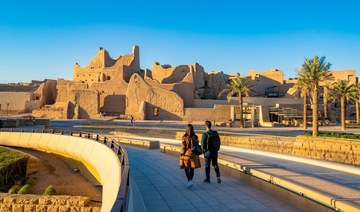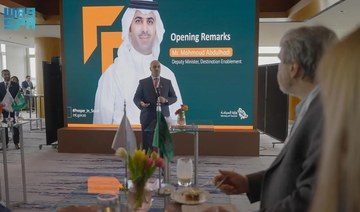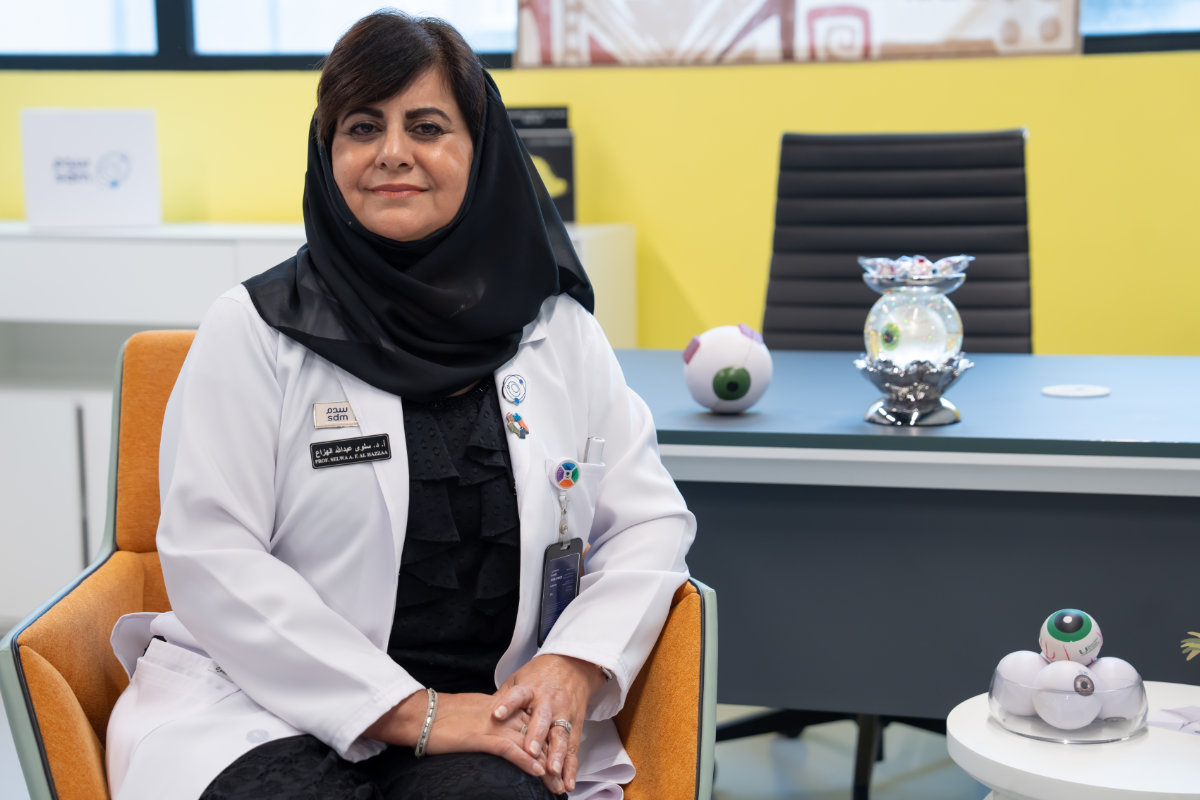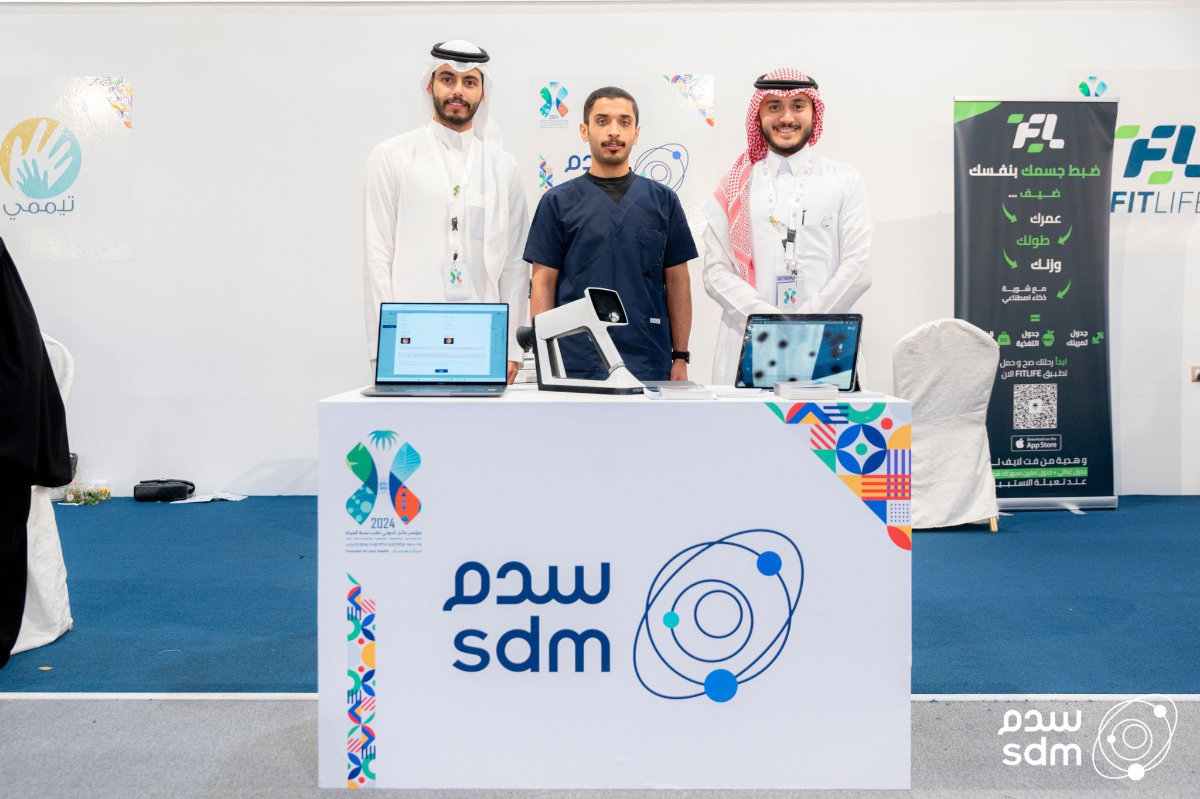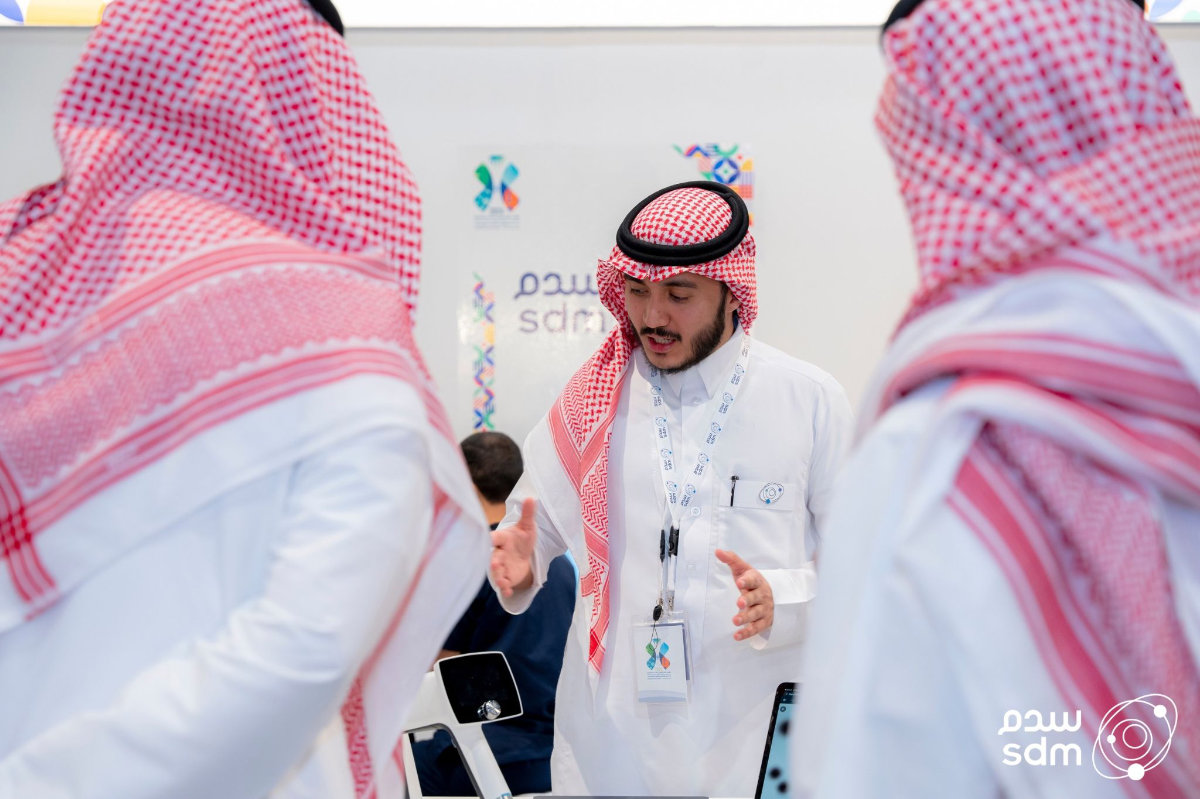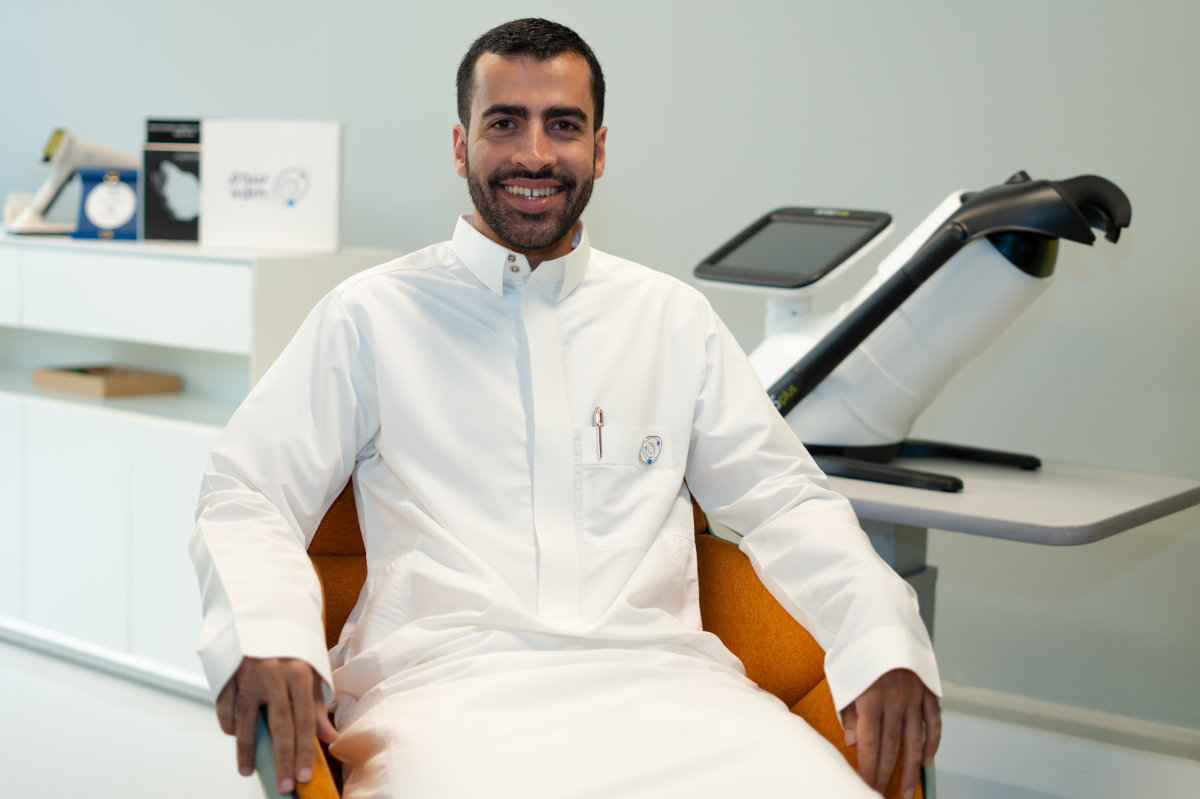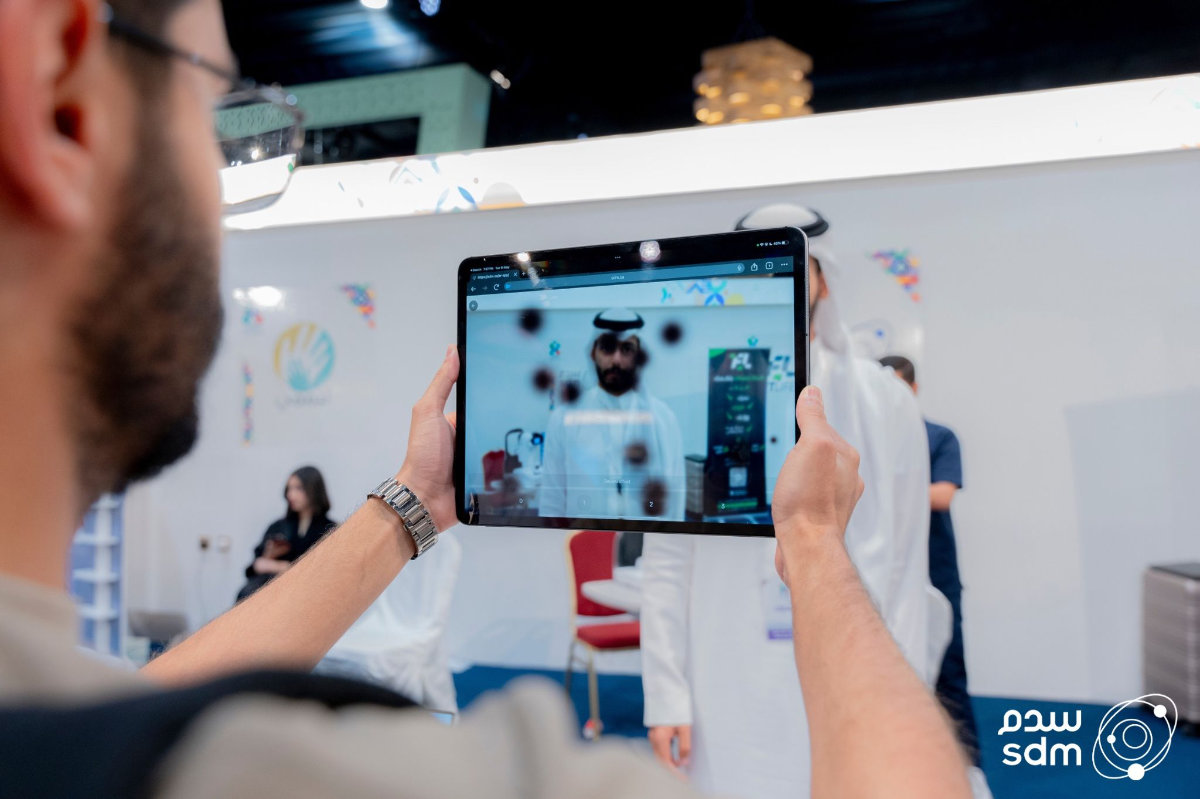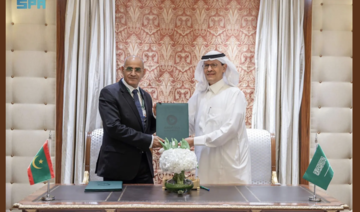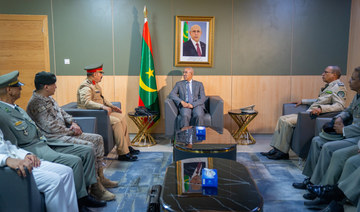India is home to some of the world’s oldest civilizations. As of 2011, the Asian nation, which has millions of residents, speak more than 15 languages and dozens of dialects, follow a variety of religious traditions and live in a multitude of urban and rural centers. From the humid, tropical south to the rolling plains of the Ganges to the foothills of the Himalayas, the huge country’s geography is as varied as its population. As a result, millions of international and domestic tourists explore India annually, strongly influencing the national economy.
Like the country is endowed with rich natural resources, it is also rich in tourism. It boasts a large number of popular tourist destinations, a growing population and probably the only country, which offers the whole range of products and services to an inquisitive international tourist. In fact, India and China are and will most likely remain the only members of the 1 billion-population club. According to the United Nations projections, no other country will reach a population size of 1 billion persons in years to come.
So far as the popular Indian tourist destinations are concerned, it will take several days for an international tourist to rediscover India either by road or by air. The most popular destinations for international tourists in 2010 were the Indian states of Maharashtra, Tamil Nadu, Kerala and Delhi, while most domestic tourists visited the states of Andhra Pradesh, Uttar Pradesh and Tamil Nadu, according to the Indian Ministry of Tourism. To attract more tourists to these and other destinations, the Indian government has been initiating several plans, one of them being to attract foreign investment in hotels, restaurants and beach resorts.
The Indian government, of late, has invested millions of dollars in 37 destinations ranked as desirable tourist areas. Other economic incentives include complete tax exemptions for tourist facilities and amusement parks in Uttarakhand, and lower luxury taxes in the state of Rajasthan. There are several other facilities offered by the Indian government for tourists and for those foreign investors, who opt to invest in the tourism sector of India.
A large number of foreign investors have evinced keen interest in investing in tourism sector in India because of the growth of this sector. In fact, the travel and tourism industry is responsible for 6.1 percent of India’s Gross Domestic Product as of 2011. The tourism industry directly and indirectly employs more than 26 million Indian citizens, representing 5.7 percent of the country’s total employment, according to the World Economic Forum.
Additional jobs related to tourism total over 37 million, or 7.5 percent. In 2010, the tourism industry brought in more than $14 billion and experienced an annual growth rate of 24.6 percent. This revenue directly impacts the economy, especially in sectors such as hospitality, hotels, construction, handicrafts, horticulture and agriculture. The hotel industry alone employs 150,000 people. According to the Indian Ministry of Tourism, more than 5.5 million foreign tourists visited India in 2010, representing an annual growth rate of 8.1 percent.
Of the 940 million international tourist arrivals worldwide, India accounted for a substantial percentage in the rank of foreign tourists worldwide. In terms of the amount of money spent by international visitors, India ranked 16th in the world. About 900,000 foreign tourists — 16 percent — came from the US and 700,000 — 13.5 percent — came from the UK.
Indian tourism continues to grow, both in volume and value. It registered a growth of 11.8 percent foreign tourist arrivals in the country in 2010. India’s foreign tourist arrivals have crossed six million in 2011 and are expected to touch seven million this year. These figures have been achieved mainly because of the tourism products and services offered by India on the one hand and because of its natural and cultural beauty on the other.
India is one of the most diverse of countries. It has some of the coldest places in Kashmir, Cherrapunji in the northeast that records the highest annual rainfall in the world, and the Thar Desert, one of the driest places on the earth. India is also home to beautiful beaches. The northern part of the country hosts Himalayan Ranges with snow-capped mountains.
Agra’s Taj Mahal — the mausoleum of Shah Jahan’s favorite and beautiful wife Mumtaz Mahal — is among the attractions visited mostly by travelers, both overseas and domestic. It is one of the New Seven Wonders of the world. Completed in 1653, the Taj Mahal was built by a Mogul king. Finished in marble, it is perhaps India’s most fascinating and beautiful monument. This perfectly symmetrical monument took 22 years (1630-1652) of hard labor and 20,000 workers, masons and jewelers to build and is set amid landscaped gardens.
Jaipur is another interesting tourist attraction. It is also popularly known as the Pink City, and it is the capital of the western Indian state of Rajasthan. Lots of people flock to this destination rich in culture to view its various forts and monuments that reflect its glorious past. Tourism is a significant part of Jaipur’s economy. Some of the world’s best hotels are located here.
Another fascinating place in India is Goa, which is famous for its pristine beaches. In fact 90 percent of all the tourism in Goa happens only for its beautiful beaches in coastal areas.
India also offers wonders of astronomy. Kanyakumari is a place to watch the sun. Though there are several places of tourist interests in the town and district, Kanyakumari is especially popular in India for its spectacular and unique sunrise and sunset. The confluence of three ocean bodies — the Bay of Bengal, the Indian Ocean, and the Arabian Sea — makes the sunrise and sunset even more special. On balmy, full moon evenings, one can also see the moon rise and sun set at the same time — on either side of the horizon.
The southern state of Kerala is rich in coastal tourism. Situated on the lush and tropical Malabar Coast, Kerala is especially known for its ecotourism initiatives, beautiful backwaters and alternative healing massages. After enjoying a stay in Kerala, one can take a flight and reach the capital city of Delhi, which is yet another fascinating destination for tourists.
Delhi, the capital of India has many attractions like mosques, forts and other monuments that represent India’s history. The important places in old Delhi include the majestic Red Fort. New Delhi on the other hand houses many government buildings and embassies, apart from places of historical interest. The Qutub Minar, Red Fort and Humayun’s Tomb have been declared World Heritage sites in Delhi.
In Maharashtra, Ajanta and Ellora caves are known for their 28-30 rock-cut monuments created during the first century BC and 5th century AD, containing paintings and sculptures considered to be masterpieces of art. The caves are located just outside the village of Ajanta and Ellora in the state’s Aurangabad district. Since 1983, the Ajanta and Ellora Caves have been a UNESCO World Heritage site. Last but not the least is Darjeeling in India, which owes its grandeur to its natural beauty, its clean fresh mountain air and, above all, the smiling resilient people for whom it is a home.






